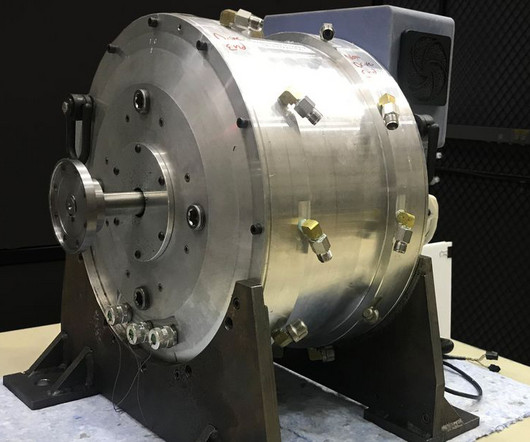Who Will Free EV Motors from the Rare Earth Monopoly?
Cars That Think
MARCH 15, 2024
The goal is a traction motor that’s at least as powerful, reliable, and lightweight as today’s industry standard rare-earth permanent magnet synchronous motor. However, rare-earth elements like neodymium and dysprosium, which are required for the most powerful magnets for the latter, also represent a major choke point.











Let's personalize your content